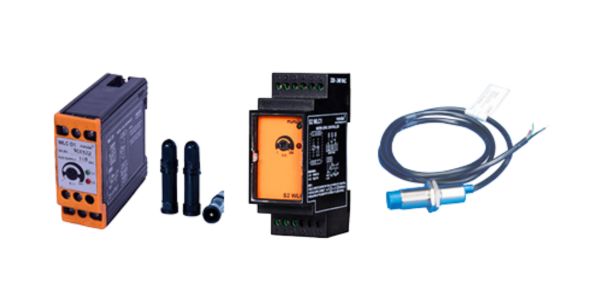Liquid Level Controllers
These are suitable for conductive liquids like water and for non-conductive liquids like Diesel/Oil. Models for either one level monitoring or two level monitoring.
FEATURES
- Can be used for potable water, water with impurities and for diesel/oil
- Cable size & length no restriction for water level monitoring
- Suitable for variety of electrodes
- Optical sensing for diesel/oil level monitoring
- Open collector output (for FRKP4)
- Choice of enclosures (DIN-Rail, & Plug-in)
- Use of SMD Technology (S2 Series models)
FUNCTIONS
- Level monitoring of conductive and non-conductive liquids
- One level or two level monitoring
- One tank or two tank level monitoring
ORDERING INSTRUCTIONS
- Product Family Name
- Model Name
- System Supply Voltage
- Aux. Supply/Control supply voltage
- Type of liquid & its specifications
Download
FAQs
These controllers are versatile and can work with two main types of liquids:
Conductive Liquids: Such as water, potable water and water with impurities. They use electrode-based sensing.
Non-Conductive Liquids: Such as diesel, oil, and other hydrocarbons. They use optical sensing technology.
One-Level Monitoring: Typically used for an alarm function (e.g., high-level alarm only) or a simple single-point control.
Two-Level Monitoring: Used for automatic pump control. One sensor is set for a low level (e.g., start pump to fill tank) and a second sensor is set for a high level (e.g., stop pump to prevent overfill).
When selecting a controller, you need to define:
The Liquid Type: Is it conductive (water) or non-conductive (diesel/oil)? Specify any impurities.
The Control Function: Do you need one level (alarm) or two levels (automatic fill/empty control)?
The Power Supply: What is the available voltage (e.g., 24V DC, 110V AC, 230V AC)?
The Number of Tanks: Do you need to monitor levels in one tank or two separate tanks?



